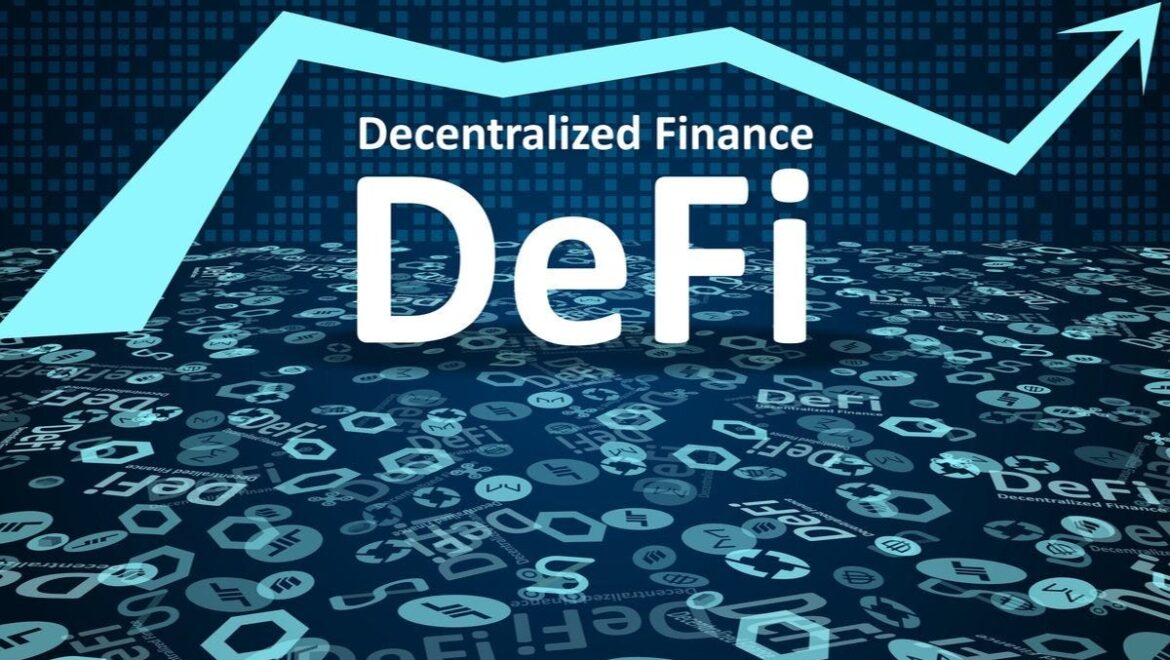
Decentralized Finance, commonly known as DeFi, has emerged as a disruptive force in the financial industry, challenging traditional banking systems and introducing a new era of financial inclusivity. This blog post explores the fundamental concepts of DeFi, its rapid growth, and the potential it holds for reshaping the way we perceive and engage with financial services.
Understanding DeFi:
DeFi refers to a set of financial services and applications built on blockchain technology, aiming to eliminate intermediaries like banks and facilitate peer-to-peer transactions. Unlike traditional finance, DeFi operates on decentralized networks, providing users with greater control over their assets, lower transaction costs, and increased accessibility to financial services.
Key Components of DeFi:
- Smart Contracts: DeFi platforms rely heavily on smart contracts, self-executing contracts with the terms of the agreement directly written into code. These contracts automate various financial processes, from lending and borrowing to trading and asset management.
- Decentralized Exchanges (DEXs): Traditional exchanges are centralized entities that facilitate the buying and selling of assets. DeFi introduces decentralized exchanges, allowing users to trade directly from their wallets without the need for an intermediary.
- Decentralized Lending and Borrowing: DeFi platforms enable users to lend their digital assets and earn interest or borrow assets by providing collateral. This decentralized lending and borrowing model opens up financial opportunities for individuals who may not have access to traditional banking systems.
- Yield Farming: Yield farming involves users providing liquidity to DeFi protocols in exchange for rewards, often in the form of additional tokens. This process incentivizes user participation and helps maintain liquidity within the DeFi ecosystem.
Challenges and Risks:
While DeFi presents exciting opportunities, it is essential to acknowledge the challenges and risks associated with this nascent ecosystem. Smart contract vulnerabilities, regulatory uncertainties, and the potential for market manipulation are factors that users and developers must navigate cautiously.
The Future of DeFi:
The rapid growth of the DeFi space indicates a shifting paradigm in the financial industry. As more projects emerge, developers continue to innovate, and users explore decentralized financial services, the future of DeFi looks promising. Potential developments include increased integration with traditional finance, improved scalability, and enhanced security measures to address current challenges.
Conclusion:
Decentralized Finance is reshaping the financial landscape, offering a decentralized and inclusive alternative to traditional banking. As the DeFi ecosystem continues to evolve, it presents exciting opportunities for financial innovation and greater financial access worldwide. Whether you’re a blockchain enthusiast, a traditional investor, or someone curious about the future of finance, keeping an eye on the developments in the DeFi space is key to understanding the ongoing revolution in the financial industry.



